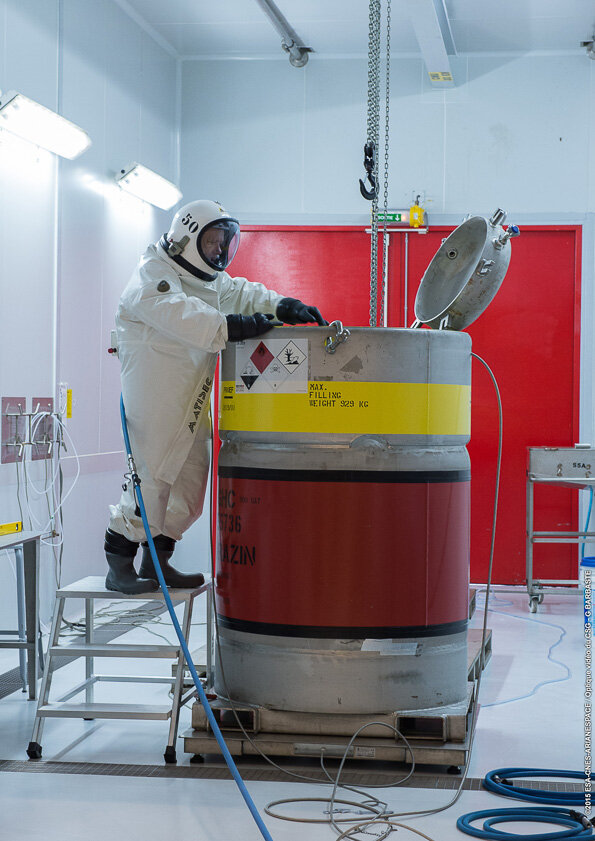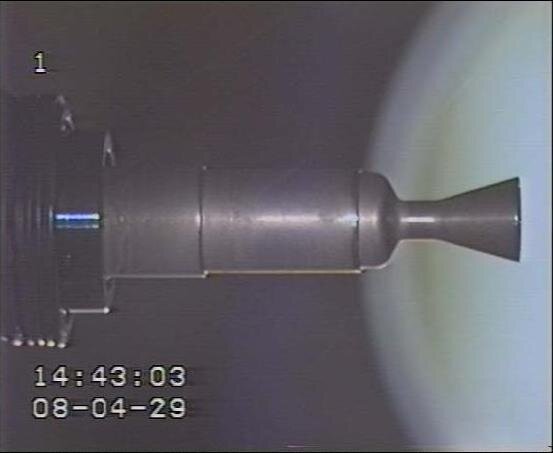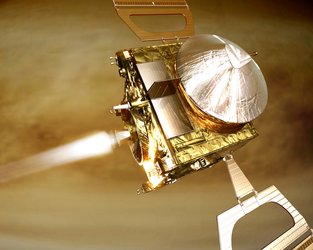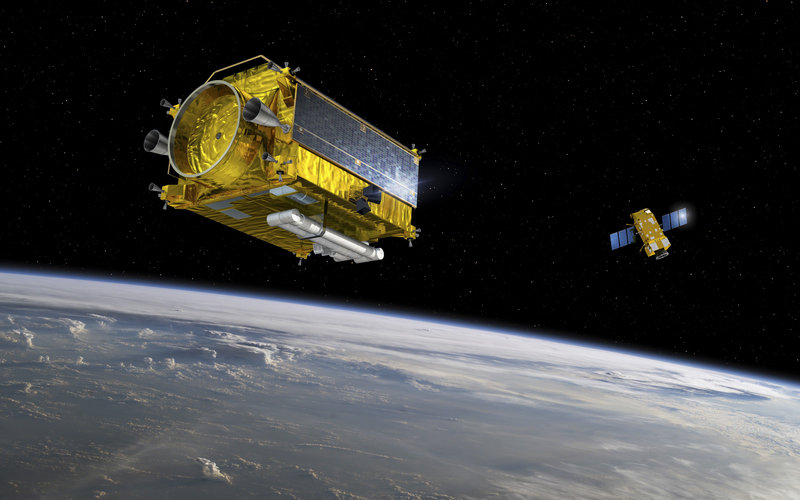Green propellants need to match performance benchmarks: Ferran Valencia Bel interview
Propulsion engineer Ferran Valencia Bel is working on greener ways to move spacecraft in space, especially now that the environmental shortcomings of hydrazine – the first propellant choice of satellite designers for the past six decades – has been highlighted by the European Union. If its use is restricted in future, equally high-performance alternatives would definitely be needed.
What role are you playing in the Clean Space effort?
I work in the Chemical Propulsion section of ESA’s Directorate of Technical and Quality Management. My role is to support activities linked to Clean Space, mainly green propulsion-related development activities.
European efforts on green propulsion are currently focused on those technologies with a higher level of maturity. These include LMP-103S – developed by a Swedish company called ECAPS – and hydrogen peroxide.
One key advantage of LMP-103S is the prospect of reusing existing components from standard hydrazine systems. What we are working on is qualifying a LMP-103S-based propulsion system to ESA standards for the first identified launch opportunity, such as France’s MERLIN mission, based on the Myriade Evolutions microsatellite platform series.

This involves qualifying the propellant itself for space missions – with testing on issues such as safety and chemical compatibility with materials – along with qualifying the specific LMP-103S hardware, the thruster. In this case a one Newton thruster has the highest maturity level, having already flown on a nationally-funded Swedish mission called Prisma.
The overall propulsion system also requires qualification. This includes analysis of any modifications required for existing propulsion designs when the propellant is switched from hydrazine to LMP-103S – what are the implications for performance?
On the hydrogen peroxide side, it has heritage as a propellant going back to the 1940s, but there have been issues arising with its safe handling in concentrated form – including unpredictable propellant decomposition and inadvertent explosions! These problems may have been resolved over the years by improved quality control and the addition of stabilisers.

A new activity will soon be started to assess and eventually confirm the use of this propellant for all types of space applications, ranging from launchers to deep space long-term missions.
Other activities on green propulsion at a lower level of maturity are also continuing, ranging from bipropellant thruster applications (from the apogee engine class – used to place satellites into their final orbits – to small 1N class thrusters operated with hydrogen peroxide and hydrocarbons, other high performance monopropellants, hybrid propulsion including hydrogen peroxide for microlauncher applications and particle-free solid propulsion for deorbiting satellites at the end of their lives.
Finally, a study has recently been completed to identify alternative eco-friendly methods of hydrogen production for launchers, and we’re looking into follow-on work on this.

Can you explain the key challenges involved?
There are many technical challenges. The propellants we currently use have outstanding performance, moderate costs, particle-free plumes and are compatible with many standard materials. Finding non-toxic replacements able to meet all these same features is a very tough task.
In addition, we need to find low toxicity chemical formulations which are manufacturable, stable and better performing than the current state-of-the-art. This often implies hotter thrusters during operation, and therefore more temperature resistant materials than the current standard might well be required.
Then there are also challenges on the programmatic and managerial side. One of the main one is an apparent disconnect between national delegations and prime contractors on the one hand and propulsion developers on the other.

In 2011 the European Commission’s Registration of Evaluation Authorisation and Restriction of Chemicals (REACH) framework legislation added hydrazine to its candidate list of “substances of very high concern” (SVCH list).
Since then the internal REACH process has been continuing, and it is therefore considered likely that the European Chemical Agency could recommend that hydrazine could be moved on the next step, which would be inclusion on the Authorisation List, which would mean serious restrictions being put on its use, in the short term.
The situation could potentially be more serious still in case fluids used in bipropellant systems such as Monomethyl Hydrazine were also added to the SVCH. The maturity level of green bipropellant technologies are at a much lower level of maturity and currently no clear alternatives have been identified. But bear in mind that developing a green bipropellant up to a level where it is ready to be adopted by space projects could take in excess of 10 years, with investment levels of several tens of million euros…
This concern is reasonably well accepted within the propulsion community, however prime industrials and national delegations do not seem to share the same concerns – so far.

How did you first get involved with Clean Space?
In Clean Space’s early stages, in the latter half of 2011, I contributed to a paper on assessing the environmental aspects of launcher fuel production and combustion processes. Later, I became the technical officer in the activity where we identified alternative environmentally-friendly processes for the production of liquid hydrogen.
What do you think of the overall Clean Space initiative?
I have a personal interest in Clean Space because the spirit of the initiative is full in line with my personal convictions: sustainability, protection of the environment, recycling and so on. These are aspects I apply in my daily life!
Therefore I encourage everyone to participate and invest efforts in it. However I think the space business might sometimes be less enthusiastic: industry’s main goal is to make money. By applying the technologies developed through Clean Space, we are asking industry to make changes in their internal processes, and invest in new technologies where the cost benefit is not always clear. These changes cost money, and therefore go against industry’s main goal.
So naturally, there can be resistance to change, which in bigger companies can be even more evident. In order to minimise such resistance, the alternatives being developed need to be not only environmentally friendly but also technically better than the current state-of-the-art. Combining both objectives is the real challenge.

How do you explain Clean Space to your non-technical friends and family?
Clean Space is an effort to make the space business more sustainable and environmentally-friendly. This ranges from replacing existing technologies with more sustainable alternatives to reducing garbage up in space. It is basically an extension of similar sustainable initiatives already taking place in many other industries.
How did you get your start?
I started as a trainee at ESTEC back in 2002.
What has been your biggest surprise from working in the space business?
Its fragility. When I started, I’d always thought that the inherent prestige associated with this industry was sufficient to maintain the capabilities for spacecraft system manufacturing within Europe. However a company’s main goal is to make money. In the last decade I have seen companies and production lines closing, and therefore capabilities have been lost. New companies have also been created, of course, but they are often starting from zero and haven’t necessarily always learned from past successes or failures.
How do you see Clean Space evolving in future?
As long as the threat of climate change goes on increasing, initiatives like Clean Space will still be needed. My personal perspective is that the Clean Space initiative will go on growing in the years and decades to come.







